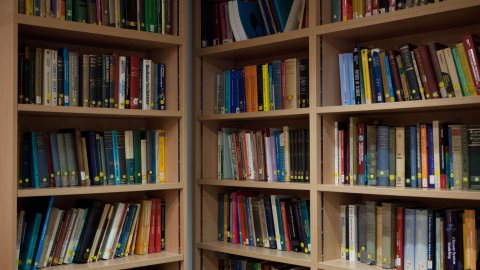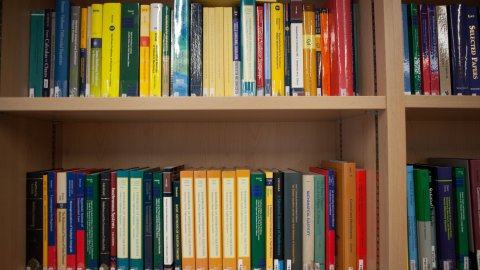17:30
Profinite groups with NIP theory and p-adic analytic groups
Abstract
I will describe joint work with Katrin Tent, in which we consider a profinite group equipped with a uniformly definable family of open subgroups. We show that if the family is `full’ (i.e. includes all open subgroups) then the group has NIP theory if and only if it has NTP_2 theory, if and only if it has an (open) normal subgroup of finite index which is a direct product of finitely many compact p-adic analytic groups (for distinct primes p). Without the `fullness’ assumption, if the group has NIP theory then it has a prosoluble open normal subgroup of finite index.




